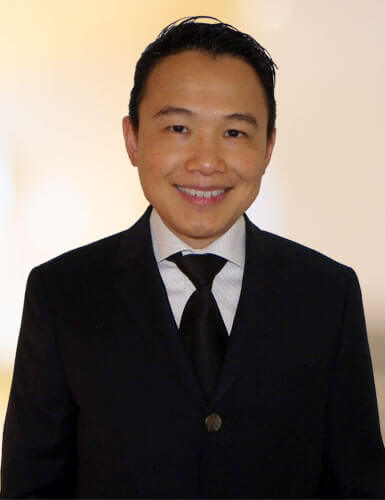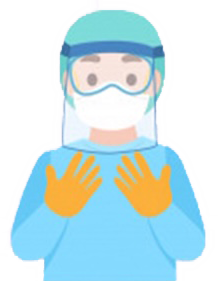The BEST way to brush your teeth. Here it is.
Posted: February 12, 2012
Last Modified: December 21, 2020
Well, if this ain’t the holy grail of questions…
The answer to that age-old question of how best to brush your teeth has not changed since brushing of teeth began, and it is this: whatever method gets the plaque off without damaging the teeth/gums. In an age of slick promotion and easy one-step fixes, we have been accustomed to looking for a single solution or perhaps some time-and-effort-saving shortcut. A pre-brushing rinse? A post-brushing rinse? A battery-powered gadget? Surely we have passed the age of the lowly toothbrush and floss.
Sadly, no. For some flossing advice and the importance of flossing, read our previous post here.
The reality is that we all have bacteria-filled mouths, and these bacteria like us. They do us some good, such as keeping fungi at bay, but they also serve as one of the main causes of cavities. They manage to stick to the teeth extremely well due to the production of biofilm (think “slime”) that protects them from the harsh oral environment (food, saliva, tongue), and it is this dental biofilm of bacteria that we must overcome. Incidentally, control of plaque will help periodontal (gum) disease as well.
Dental biofilm (plaque) is sticky enough that only mechanical removal will work, and this means some good ‘ol fashioned toothbrusing. The friction of brush and paste against teeth, done properly, will be all that you need – but there’s a catch. You have to do it properly and regularly.
We are huge advocates of electric toothbrushes and in general, the more you pay, the better the brush. As a matter of routine, our recommendation is for Sonicare toothbrushes, but that absolutely does not mean that a quality Oral-B (or other) electric brush is not suitable.
Whatever the type of brush, electric or manual, these are good guidelines to follow:
1) Brush for a total of at least 2 minutes each time you brush. Brush at least twice daily, but try to brush either before meals, or one hour or more after meals. (A previous post here explains why).
2) Ensure that the gumline is being brushed. The gumline is a natural ledge, and will be where the most plaque will tend to accumulate.
3) Do not overscrub. Hard brushing will lead to gum recession or abrading away of teeth.
4) If using an electric brush, there is no need to scrub like a regular brush – the brush will do the work for you. Some electric brushes will change sounds or stop operating altogether if the pressure is excessive.
5) Stick with a soft brush head. There is no need to go harder.
6) Do not share toothbrushes, because you will be sharing bacteria. Electric brushes are quite handy in that the heads can be interchanged, so one brush motor can serve several people.
7) Save yourself some money – a pea-sized portion of toothpaste will do. There is no need to mimic the overapplication of toothpaste to brushes that you see on television.
There are some people who have oral environments that require extra measures to stop decay, such as those who have dry mouths, naturally acidic mouths (naturally poorly buffering saliva). We’ll address those more in the future, but basically, if you have teeth, you need to brush.
For a personalized assessment of your oral condition, please contact us! We’d love to be your dental office in Barrie.


